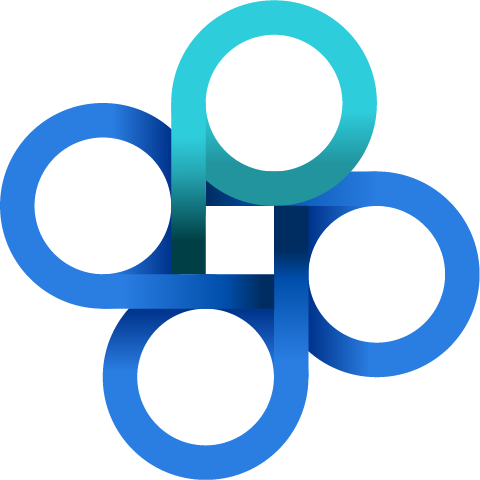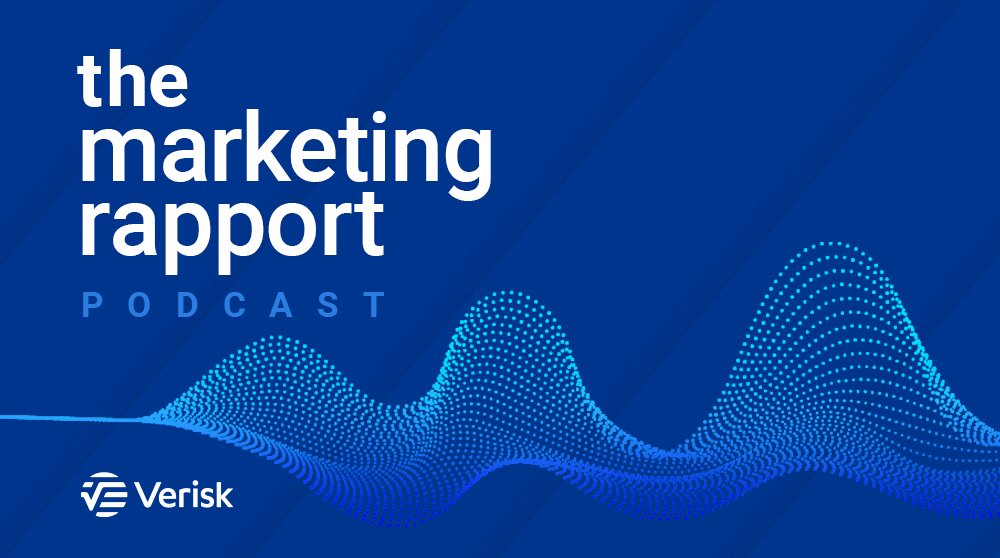Identity and Intelligence: The Smart Way to Separate Your CDP from the Pack
Editor’s note: This is the second part in a series that will discuss the value of identity and third-party data for any Customer Data Platform.
In Part 1 of our Customer Data Platform series, we discussed why identity is the constant in the evolution of the CDP. Achieving identity resolution through a foundation of deterministically linked, updated, complete and enhanced customer identity data creates the core capability that is needed to be a player in the highly competitive CDP landscape.
But while linked and complete data is a critical base, it’s not the complete picture of consumers. To be a truly competitive player in the CDP world, your platform must build on that groundwork. You need to go beyond core consumer identity data and transactional data to set your platform apart and truly help brands discover consumers’ intent.
Third-party data can provide consumer intelligence that creates a broader illustrative view that offers a holistic understanding of who someone is by revealing the lifestyle preferences and behaviors that drive consumer purchase decisions. This intelligence is necessary to perform the powerful predictive modeling that will reduce brands’ customer churn and create stickiness for your platform.
In Part 2 of our series, we show you what to look for in consumer intelligence, where to get it and what your CDP will be able to provide its clients with the right intelligence.
What Intelligence Should Look Like
Intelligence is a broad term and can mean something different to every CDP provider or brand. And some brands might not be familiar at all with what constitutes intelligence or the possibilities it brings to their marketing and analytics initiatives. These are some of different types of predictive first- and third-party data that come up most often when we discuss intelligence with leading brands and CDPs:
- Transactional data: Purchases, locations, RFM (recency, frequency, monetary value), returns, POS terminal data, marketing engagement, browsing behavior, call center activities, subscriptions, restrations
- Lifestyle preferences: Tech enthusiast, interest in arts, home improvement, pet owner, fitness, travel, sports, collectibles, cooking and wine, outdoors, investing, boating and motorcycle, membership clubs, physical fitness, parenting and children’s interests, self-improvement, and many others
- Demographic data: Gender, age, wealth indicators, estimated income, geocredit scores, presence of children, in-market propensities, home value, marital status, education, geographic attributes, median school years, charity donor, multiple/senior residents in household
- Segmentation data: Segments can be derived from location, demographics such as age and income, psychographic data including behaviors or lifestyles, and media usage, as well as countless life stage clusters such as Single Start-Ups, Family Focused, Simply Retired, and more
These data points are only the tip of the iceberg. Your CDP should be the singular source for brands to receive this intelligence to learn about customer activities and intent. Robust authoritative intelligence from both brands and third party partners drive predictive analytics and modeling, personalization, segmentation (more on these later), and campaign attribution and measurement. It will also help brands identify potential churn and predict customer loyalty.
Where Intelligence Should Come From
As mentioned above, intelligence ideally features a blend of first- and third-party data. And while it begins with the brand’s cleansed, completed and linked first-party information, the value that will truly separate your CDP from the pack and put your clients in the best position for success is third-party intelligence data built on authoritative and deterministic consumer attributes. A third-party provider brings the lifestyle and demographic data (and much more) to your platform that goes far beyond census level information.
Deterministic intelligence is crucial, and brings greater certainty and specificity, while benefiting virtually any marketing application. Its definitive one-to-one correlation with the consumer is particularly important for data that your clients’ marketers rely on in identifying and contacting customers and prospects to ensure they are reaching the right individual using a valid channel and address.
Equally important is certainty that the intelligence that you’re providing back to your clients is accurate and always up-to-date. Whether you’re introducing efficiencies, building value-added solutions or services, or leveraging machine learning to build predictive models, the data that you’re training machines on is the most important aspect of what you’re offering. You have to be confident at all times that the data you’re modeling on are accurate in order to produce precise outcomes and models.
Here’s what a provider should do to ensure continuous data modeling accuracy:
- Cleansing: An ongoing process rather than a “one-and-done” program to keep intelligence data accurate even as customer life stages evolve.
- Linking and de-duplicating: Assign unique identifiers to each individual and household and consolidate duplicate records, ensuring all new intelligence data are accurately linked to consumers as their intent, lifestyles, and preferences evolve.
- Completion and enhancement: Add missing or incomplete identity data points and consumer intelligence to complete the full identity and view of your brands’ customers.
With cleansed, linked, de-duped, complete and enhanced identities, your CDP will track who has interacted with your clients and where those customers are engaging. By adding a layer of accurate and up-to-date intelligence from a third-party provider, you will continue to paint the full picture of who the customer is as they progress through life stages with new home and vehicle purchases, a growing family, changing lifestyles and ever evolving media consumption points.
What Intelligence Will Drive
Analytics, data modeling, machine learning, artificial intelligence — most leading CDPs utilize these tools. They also know that first-party identity and transactional data alone aren’t enough to drive them.
Analytics and modeling functions are only as strong as the data and the intelligence that fuel them. Your data science team must be able to recognize consumer intent in order to improve the performance of predictive models and provide the outcomes your marketers need to make educated decisions.
And those decisions ultimately drive the value-added services that are essential for any competitive CDP including:
- Predictive analytics: Help brands identify likely buyers, make timely recommendations for future purchases, determine risk of churn, and uncover other insights that drive sales, reduce cost and improve customer lifetime value.
- Personalization: Personalization can range from 1:1 messaging to tailored content to targeted advertising. Strong personalization shows that brands truly understand who the consumer is on the other side of an engagement as well as where they are in their life stage. Leading CDPs should empower brands to leverage consumer intelligence and create seamless cross-channel marketing that lifts results and better engagement, improves customer experience, and increases loyalty and conversion rates.
- Segmentation: More intelligence means deeper and more informed modeling to accurately drive audience segmentation initiatives for activation. Grouping consumers by location, demographics, behaviors, lifestyles, or media usage enables the identification of top performing audience segments, the tailoring of messaging for each segment to maximize engagement and minimization of media spend waste.
- Lookalike targeting: By helping brands find and acquire more consumers who look like their best-performing customers and audience segments, they’ll be able to reach their full potential market.
Provide the above (or find a partner with pre-packaged analytics solutions), and your CDP will help marketers target the right audience, provide meaningful experiences with their brand across the buyer’s journey, and increase media-spend efficiency, speed to market and scalability.
How Intelligence Will Set You Apart
Data-driven brands demand that their CDP empower predictive analytics, personalization, segmentation and more in order to maximize their marketing ROI. The most competitive CDPs stack intelligence on top of their foundational consumer identity data in order to enable the most accurate predictive analytics and data modeling possible. Add a layer of intelligence and increase the dependency that makes your platform an irreplaceable part of your clients’ martech stacks, while providing the value they need to succeed now and in the future.
Coming up in our CDP series: We will show you how a third-party data provider helps you activate the data in your CDP for your clients. You can read Part 1 of the series here.
About The Author: Jason Ford
Jason serves as vice president of partnership development for Infutor. He is a strategic technology leader who has worked in both early/late stage start-ups and established organizations with an extensive history of understanding online media products, analyzing their performance, communicating value and building out partner revenue streams.









 Your Privacy Choices for Platform Services | Data Services
Your Privacy Choices for Platform Services | Data Services